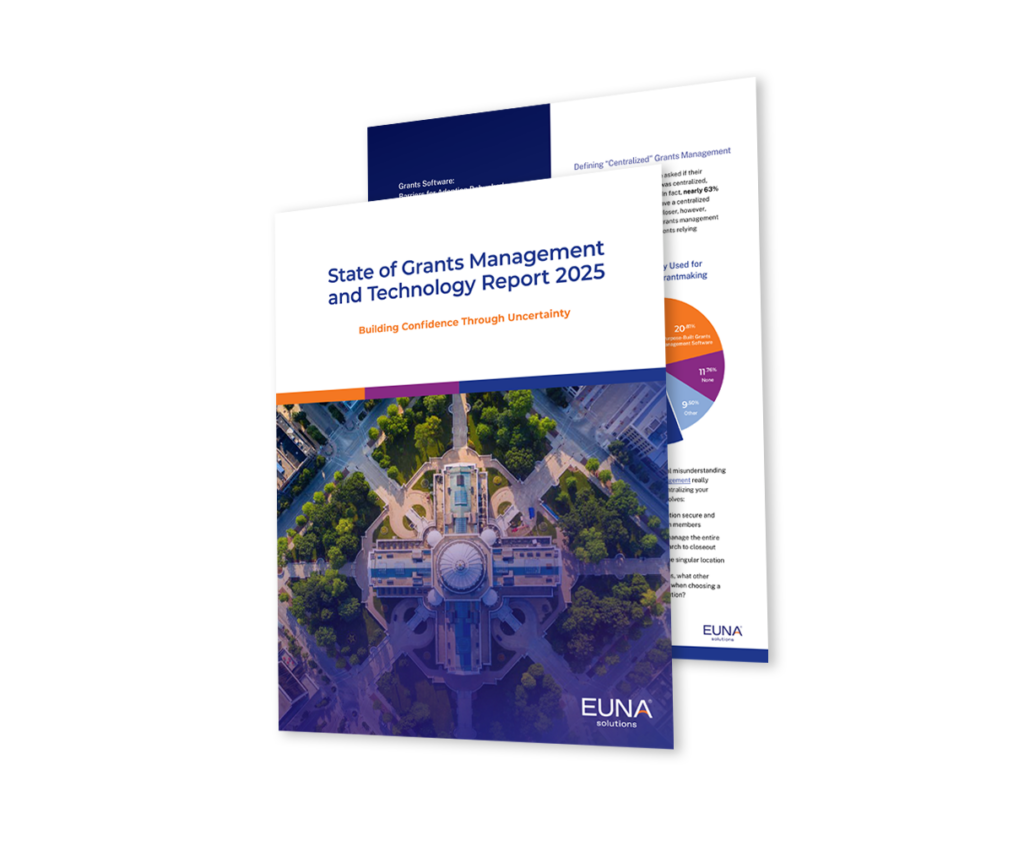The private sector has transformed the way most people and businesses complete transactions. People can now send and receive money in a matter of seconds, with just a couple of clicks. The public sector, and the companies that support it, have taken note of these rapid changes, and are forging a similar path ahead. More and more governments and utility agencies are upgrading payment solutions toward digital payments, while also upgrading in-person payment channels and processes.
The Public Sector Must Support All Customers
With the digital transformation of payments, many expected in-person payment technology to start phasing out, but that is not the case in the public sector for one key reason: equitable access. Ensuring all customers are supported is a major responsibility and therefore, a major driver in decision-making within the public sector. Significant portions of society still have not or cannot fully adopt digital means of doing business. Governments and utilities must ensure that any new tech or processes support, or at least, do not alienate, any segment of the population they serve in the process of helping another.
Availability of In-person Payment Channels Are Still Essential for Multiple Groups
Underbanked and unbanked customers are the largest segment to rely on in-person payment options. These customers, often lower income families that must pay bills by cash, are particularly vulnerable to the digital transformation of transactions. This means organizations must continue to offer the same or enhanced access to essential services and the associated bill payment processing, as they introduce more modern methods. Ideally, any advancements in tech should benefit these populations along with everyone else.
Another segment of in-person customers are less tech-savvy customers that still want the personal touch, and to be supported as they adopt new methods. Organizations must support these customers or introduce upgrades that bridge the gap between the old and the new. Many municipalities have chosen payment channels that deliver a more manageable middle-ground approach.
The last segment is composed of customers who need to navigate more complex transactions that require a more customized approach. This could be contractors requiring multiple building permits to do construction for example, or local businesses needing to pay for different services to run their business and ensure compliance.
Tech-savvy Customers and Staff Expect Innovation to Keep up with the Times
Governments and utilities are also pressed to introduce new offerings for customers that want a fully online experience with many of the features they use from private sector interactions. Simultaneously, staff want to ensure they can deliver the same great service to all customers, regardless of how they choose to make payments.
Innovation Should Go Full Speed Ahead without Leaving Anyone Behind
Innovation in the payment space is continuing full speed ahead. It’s an exciting time to provide more convenient technology driven by customer demand, while at the same time, bringing along traditional payment processes to unite the best of both worlds. The key is an equitable approach. The ability to offer a consistent user experience across all channels, in person and online, underscores the importance of equitable access and helps deliver the latest and greatest without leaving any customers behind.

